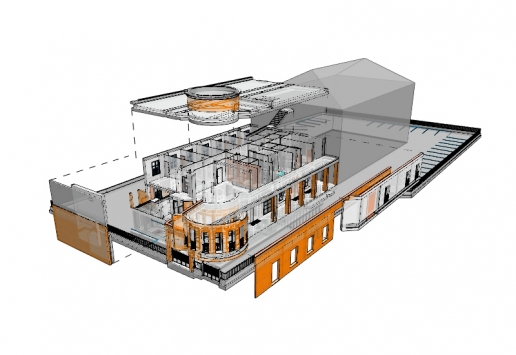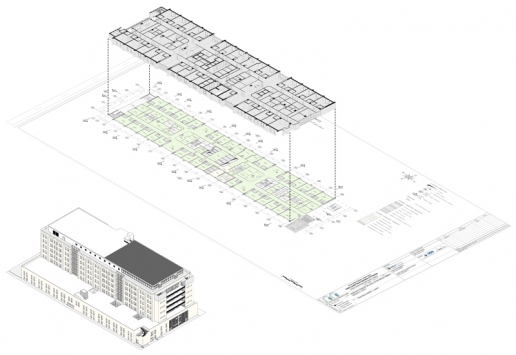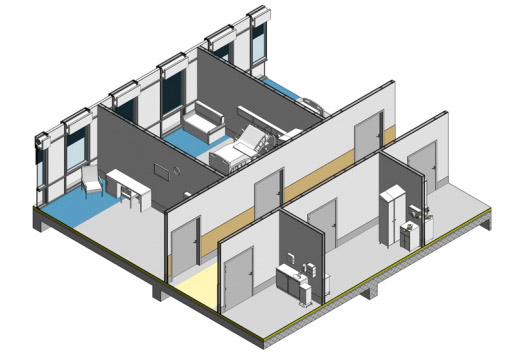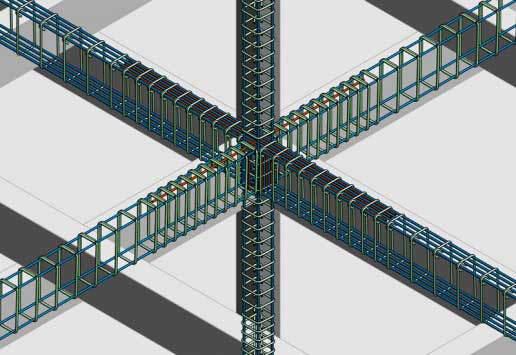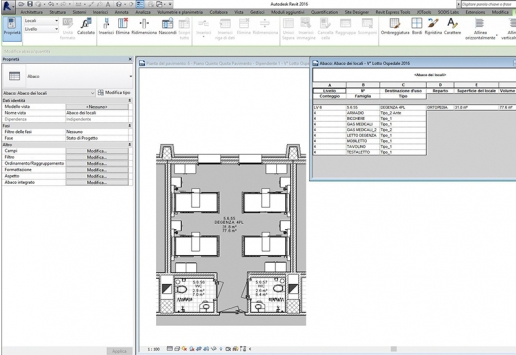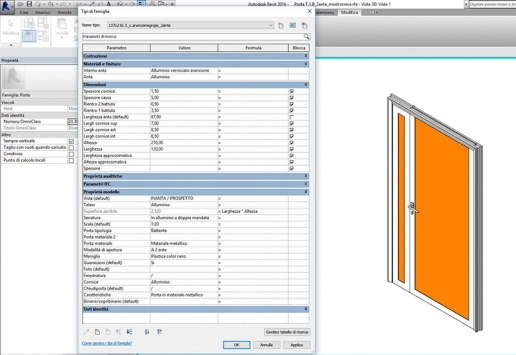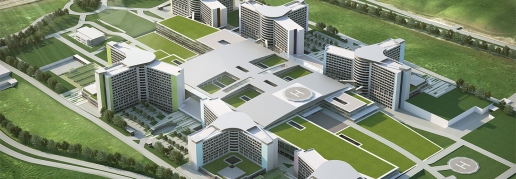BUILDING INFORMATION MODELING
Develop new possibilities in design methods with us, gaining a complete and efficient information system For controlling and planning the realization of a construction, its enhancement, future management and maintenance over time! Try BIM!
BIM (Building Information Modeling) is a new working methodology based on an entirely new approach to the design and management of buildings, infrastructures and utilities, where architecture, engineering and construction (AEC) merge into one process that considers the entire lifecycle of the work.
The result? The ‘smart’ evolution of the classical 3D model; the synthesis of a facility in a digital representation which contains any information about the construction: physical and functional information, building elements specifications, documents and data for the technical and economic management of the estate and the intervention; a valuable cross tool for accounting and monitoring the progress of the work.
With respect to the traditional CAD, BIM is an object-oriented system containing, as well as geometric and dimensional values, parametric constraints, structural and plant design data, calculations and cost analysis, creating an organic view of the project in all its conceptual, executive and management stages.
Key elements of the Building Information Modeling are therefore: control of the process, collaboration between the different stakeholders involved and sharing of information, which make it the perfect solution for integrating the needs and operations of contractors (businesses or public agencies), designers (architects and engineers), construction companies.
BENEFITS
- Preventing and reducing the possibility of errors (clash detection) with consequent optimization of the executive, monitoring and control processes
- Organising a long-term tool: a comprehensive, organic, updatable database and a reliable basis for decisions from inception onward
- Overcoming the inefficiencies of traditional design methods
- Improving and fully integrating planning and executive phases
- Filing interventions
- Reducing costs
- Cooperating and networking, accessing and exchanging data, thanks open standards
As much as 30 percent of the cost of construction is wasted in the field due to coordination errors, wasted material, labor inefficiencies, and other problems in the current construction approach.
(“Building Information Modeling and the Construction Management Practice: How to Deliver Value Today?”, White Paper authored by the CMAA Emerging Technologies Committee)
Related projects

